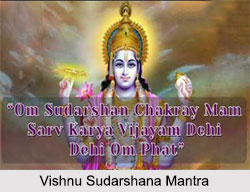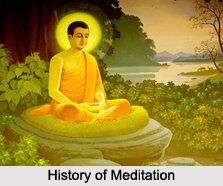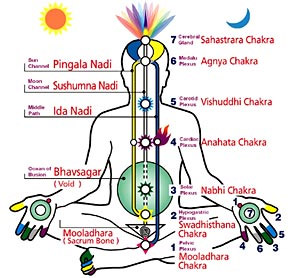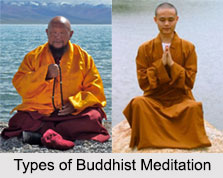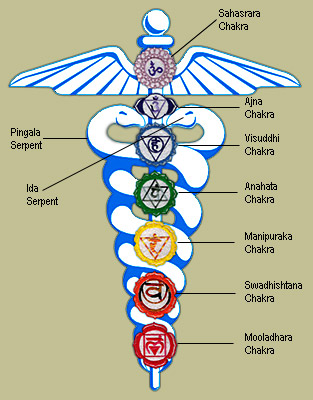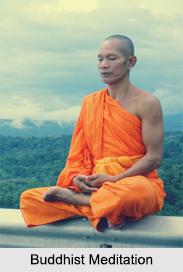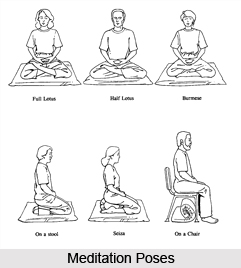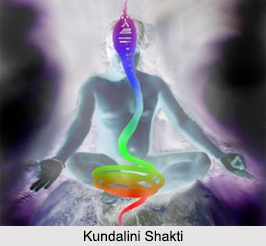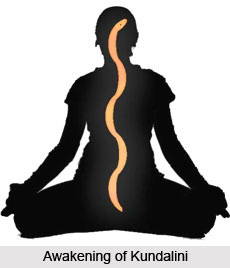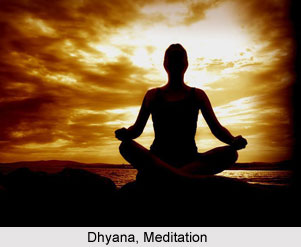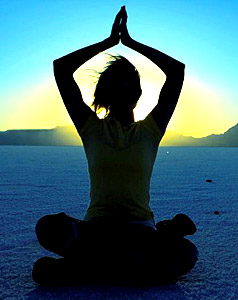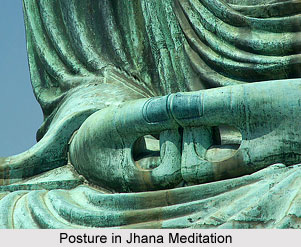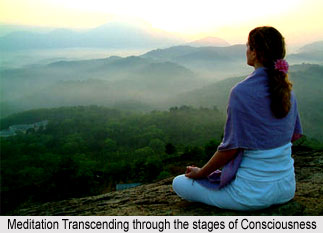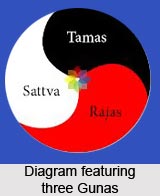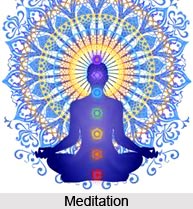 The individual engaged in Nada Yoga can hear the sound of the heart if his mind is fixed on nada or anahata. In Nada Yoga, a yogi finally attains laya or dissolution. The Yogi enters into samadhi and attains knowledge of the self. Essentially, Nada yoga is also called Laya Yoga and has close similarity with Kundalini Yoga.
The individual engaged in Nada Yoga can hear the sound of the heart if his mind is fixed on nada or anahata. In Nada Yoga, a yogi finally attains laya or dissolution. The Yogi enters into samadhi and attains knowledge of the self. Essentially, Nada yoga is also called Laya Yoga and has close similarity with Kundalini Yoga.
When the mind gets absorbed in the anahata sounds, the individual attains knowledge of hidden things. The individual hears para-vak and develops the eye of intuition. Eventually, the mind is absorbed in Brahman or the Absolute.
Anahata sounds of the Nada Yoga are the mystic sounds heard by the Yogi during his meditation. It is a sign of the purification of Nadis. There are loud as well as subtle sounds. One will have to contemplate from the loud sound. Beginners can hear the sound only when the ears are closed. Anahata sound is also termed as Omkara Dhvani. They proceed from the Anahata centre of the Sushumna Nadi.
The stages of Nada Yoga include sitting in padmasana or siddhasana (crossing legs) and closing the ears with the thumbs. This is known as the shanmukhi mudra or vaishnavi mudra. The yogi shall eventually hear the music of anahata and enjoy wonderful concentration. The next process is doing japa and ajapa japa of sauham with breath on any mantra. One has to practice pranayama for at least one or two months to hear the ten sounds clearly and enjoy the music of the soul.
The sages found that mano-laya followed by mano-nasa was the pious means to attain Self-realisation than the difficult process of controlling the mind and culturing it which is always attended by the menace of the mind entering the old grooves of vasanas at any moment. In the course of further practical investigations, the yogis and prophets found that sound has the great power to attract the mind and absorb it. Thus, mano-laya and mano-nasa through nada yoga, union or merger into sound was considered to be an effective and safe means of Self-realisation.
Brahman was one and non-dual. The saying, `Ekoham, bahu syam`, caused vibration eventually bringing in sound and that sound was Om, where there are all other manifestations. Thus, sound is virtually the understandable basis for all creation. Naturally, therefore, it has the power to absorb the other manifestations. Brahman is incomprehensible in its transcendent aspect. Anahata literally means unbeaten or unstuck. Anahata sound is not the result of striking or beating certain things like the raising of a note on the violin or the vina. This sound comes from the anahata chakra. By affecting the union of mind with the anahata sound, the effect to disappear into the cause or mano-nasa is attained.
When the yogi is first established in the anahata sound and then returns back to his own self, it is known as krama mukti or gradual liberation. Anahata sounds or the melody are the mystic sounds and is a sign of purification of the nadis or astral currents due to pranayama. The sounds can also be heard after chanting the Ajapa Gayatri Mantram `Hamsa soham` a lakh times. The sounds are heard through the right ear with or without closing the ears. Nada that is heard varies in 10 kinds. The first variation of a Nada is chini, the second is chini-chini; the third is the sound of bell; the fourth is that of conch; the fifth is that of tantri, the sixth is the sound of tala; the seventh is that of flute; the eighth is that of bheri; the ninth is that of mridanga and the tenth is that of clouds or thunder.
The yogi must hold back the patience to hear the sound of inner self in Nada Yoga. One should concentrate and keep his mind one-pointed. The particular sound that is heard today may not be heard everyday. However, at least one of the ten Anahata sound is heard on each of the day.
